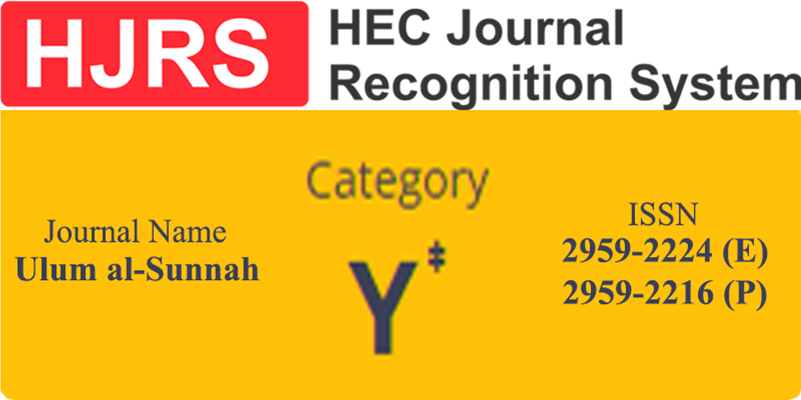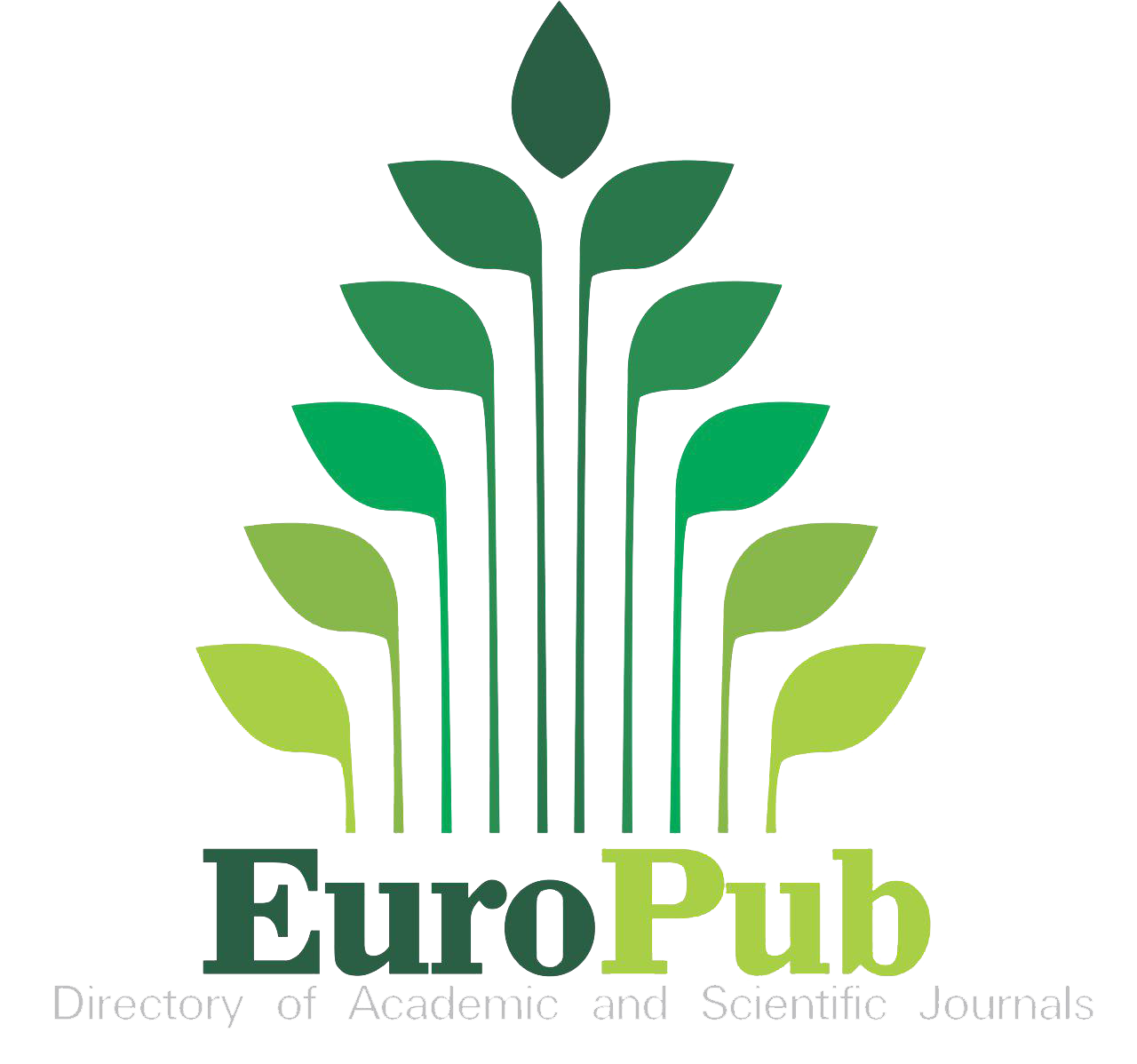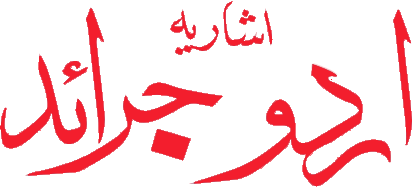قیام امن میں تصور خیر کا کردار: تعلیمات نبوی کی روشنی میں
The Role of the Concept of Goodness in Establishing Peace: In the Light of the Teachings of the Prophet (PBUH)
Keywords:
Islam, Good, Evil, Public Peace, ReligionsAbstract
The philosophy of good and evil exists in every religion and ideology. In some traditions, they are considered two separate forces, while in others, both are claimed to be powerful deities. This philosophy serves as the basis for discussions on the aspects of good and evil present in society. It also plays a crucial role in societal and moral development. Whether viewed from a worldly perspective or in terms of the hereafter, the philosophy of good and evil has a profound influence. Islam, too, presents the concept of good and evil. It emphasizes character-building by making individuals aware of the consequences of good and evil—encouraging them to face the outcomes of good with goodness and the results of evil with its corresponding consequences. In the mentioned hadith, the Holy Prophets ﷺ adopted a beautiful approach to spreading goodness and uttered supplicatory and commendatory words for those through whom Allah spreads goodness. This paper builds upon this idea to analyze the role of personalities and authorities in establishing peace, focusing on their moral conduct, responsible and irresponsible behaviour, and both positive and negative attitudes. The study aims to enhance understanding of Islam’s concept of good and evil and contribute to societal welfare and public peace. An analytical methodology has been employed for this paper. In the conclusion, key findings and recommendations are systematically presented.
Downloads
Published
How to Cite
Issue
Section
License
Copyright (c) 2025 Dr. Sajjad Hussain, Muhammad Saqib

This work is licensed under a Creative Commons Attribution-NonCommercial 4.0 International License.
This is an open-access journal which means that all content is freely available without charge to the user or his/her institution. Users are allowed to read, download, copy, distribute, print, search, or link to the full texts of the articles, or use them for any other lawful purpose, without asking prior permission from the publisher or the author. All articles are available on the internet to all users immediately upon publication. Non-commercial use and distribution in any medium are permitted, provided the author and the journal are properly credited.










 Research Journal Indexed by Google Scholar
Research Journal Indexed by Google Scholar